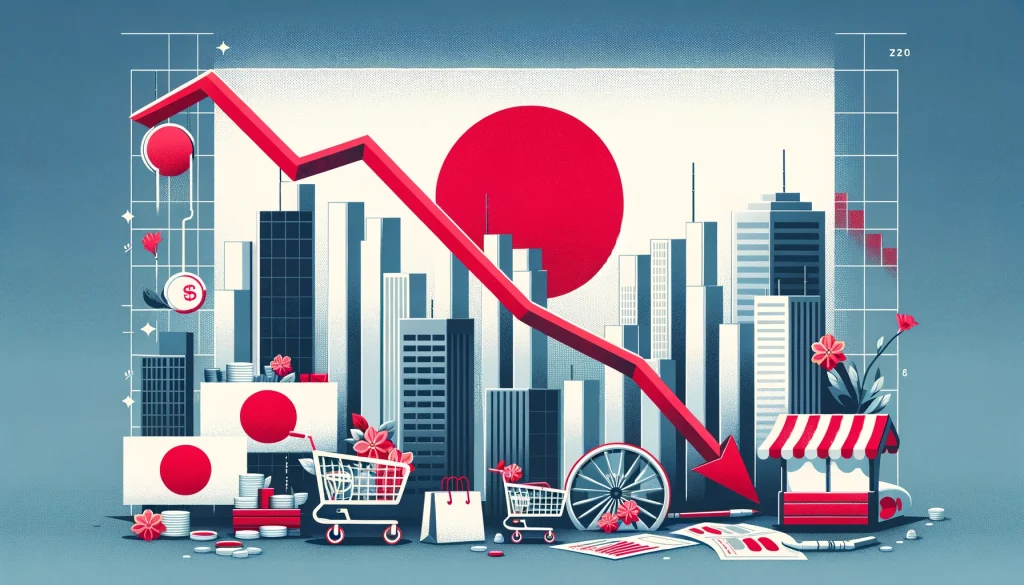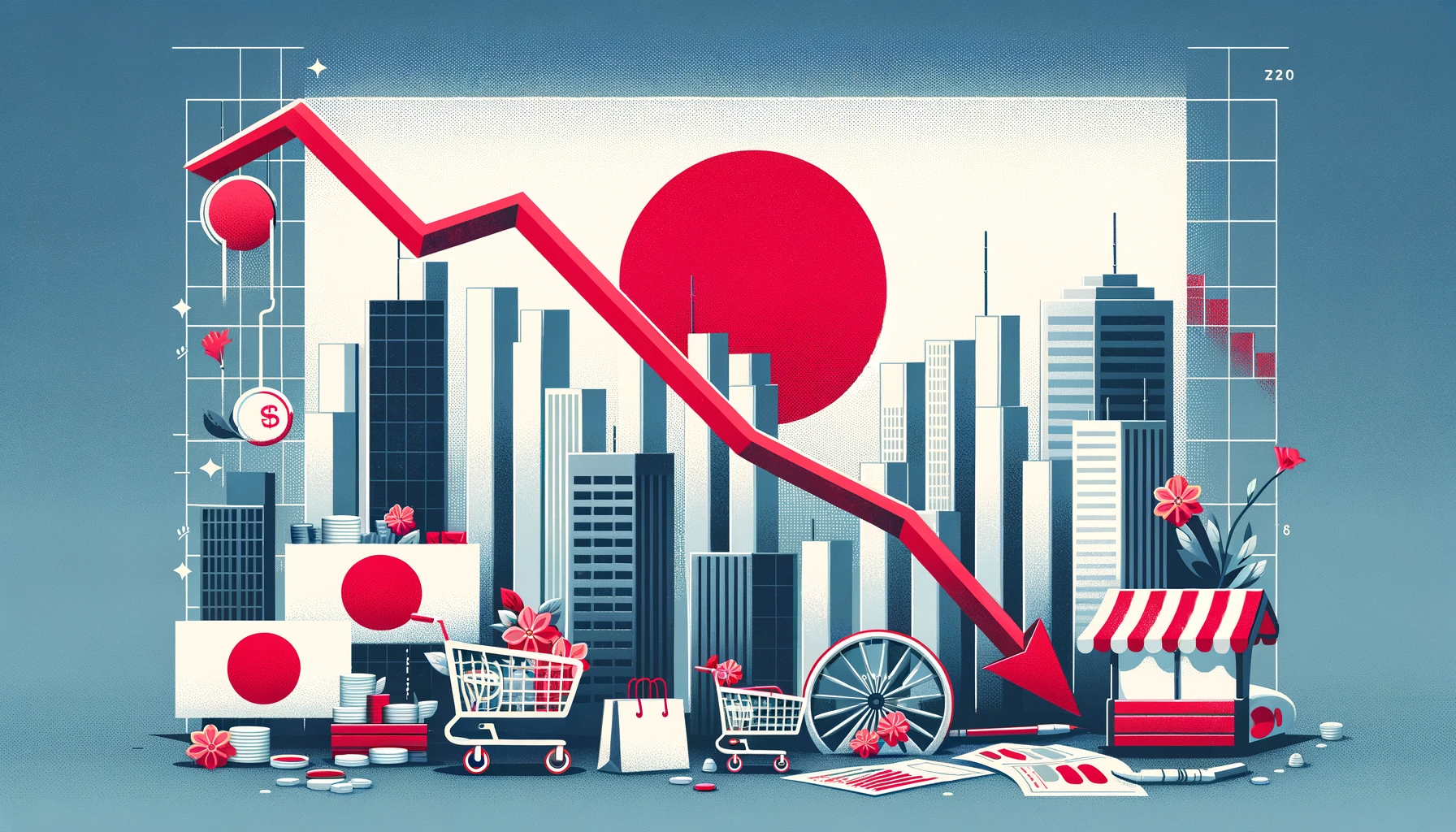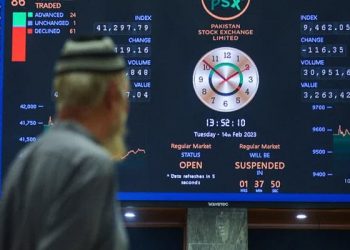Japan’s economy has taken an surprising downward trajectory, slipping into recession following a second consecutive quarter of contraction. This development, as reported by Bloomberg, has led to a reassessment of predictions regarding the Bank of Japan’s (BOJ) timeline for shifting away from its longstanding negative interest rate policy.
AN UNFORESEEN ECONOMIC RETREAT
The final quarter of last year saw Japan’s Gross Domestic Product (GDP) shrink by an annualized rate of 0.4%, on the heels of a 3.3% contraction in the preceding quarter. This decline marks a significant setback for the world’s third-largest economy, which has now fallen to fourth place, overtaken by Germany. The contraction defied the expectations of economists, the majority of whom had anticipated growth, highlighting the severity of Japan’s domestic demand issues.
BACKGROUND
Before the recession’s announcement, Japan’s economy was a mixed picture of resilience and underlying vulnerabilities. The country had been grappling with stagnating growth, deflationary pressures, and an aging population, which posed long-term challenges to its economic dynamism.
However, it also boasted a strong industrial base, technological leadership, and a robust export sector, which contributed to periods of growth. Unemployment rates in Japan remained relatively low, a testament to the country’s employment practices, while inflation rates struggled to meet the Bank of Japan’s 2% target, reflecting the ongoing battle against deflation. The last time Japan faced a recession was in the late 2010s, with the current situation bearing both similarities and distinct differences, particularly in the context of a global pandemic.
CENTRAL BANK’S DILEMMA
The BOJ finds itself in a precarious position as it navigates the timing and feasibility of exiting its negative interest rate policy—a move that had been widely anticipated by economists as imminent. The unexpected economic contraction complicates the central bank’s strategy, potentially delaying the first interest rate hike since 2007.
THE CHALLENGE OF LOOSE POLICY
The recent economic data underscore Japan’s reliance on external demand amidst weakening domestic consumption and investment. With private consumption and business spending both on the decline, the argument for maintaining loose monetary policy gains strength, despite the BOJ’s ongoing discussions about a shift towards normalization.
THE IMPACT OF INFLATION
Japan is grappling with “mild stagflation,” where persistent inflation erodes consumer purchasing power without corresponding wage increases, leading to diminished household spending. This inflationary pressure, coupled with the yen’s weakening, poses additional challenges for the BOJ as it considers the timing and approach for policy adjustments.
LOOKING FORWARD
The outlook for Japan’s economy remains cautious, with expectations of continued external demand pressures and potential deceleration in global growth. The BOJ’s latest projections indicate a challenging path ahead, with the economy facing downward pressures from a slowdown in overseas recovery.
In summary, Japan’s unexpected slip into recession presents a complex scenario for policymakers, with significant implications for the country’s monetary policy and broader economic stability. As the BOJ weighs its options, the global community watches closely to see how Japan navigates these turbulent economic waters.



















